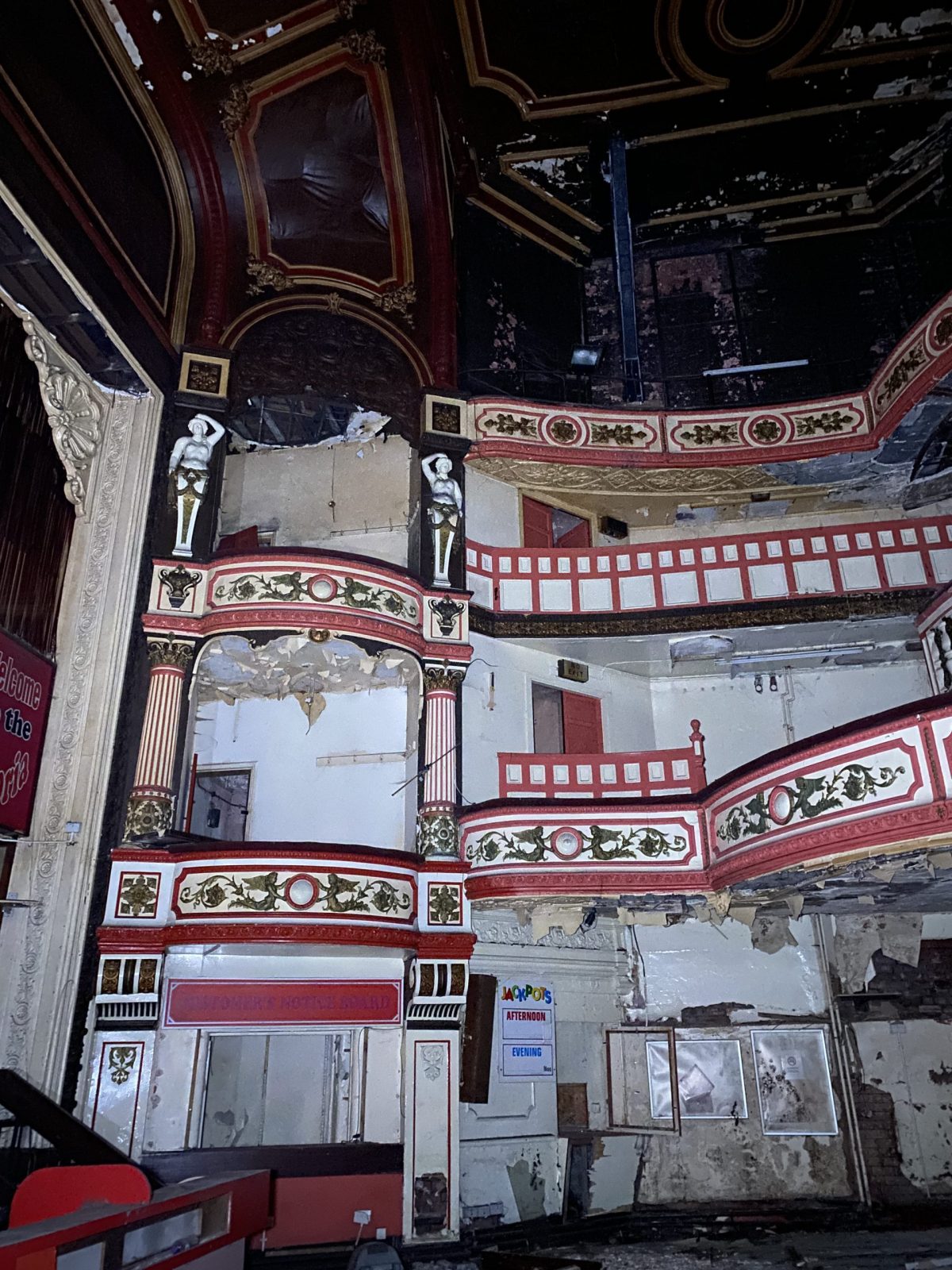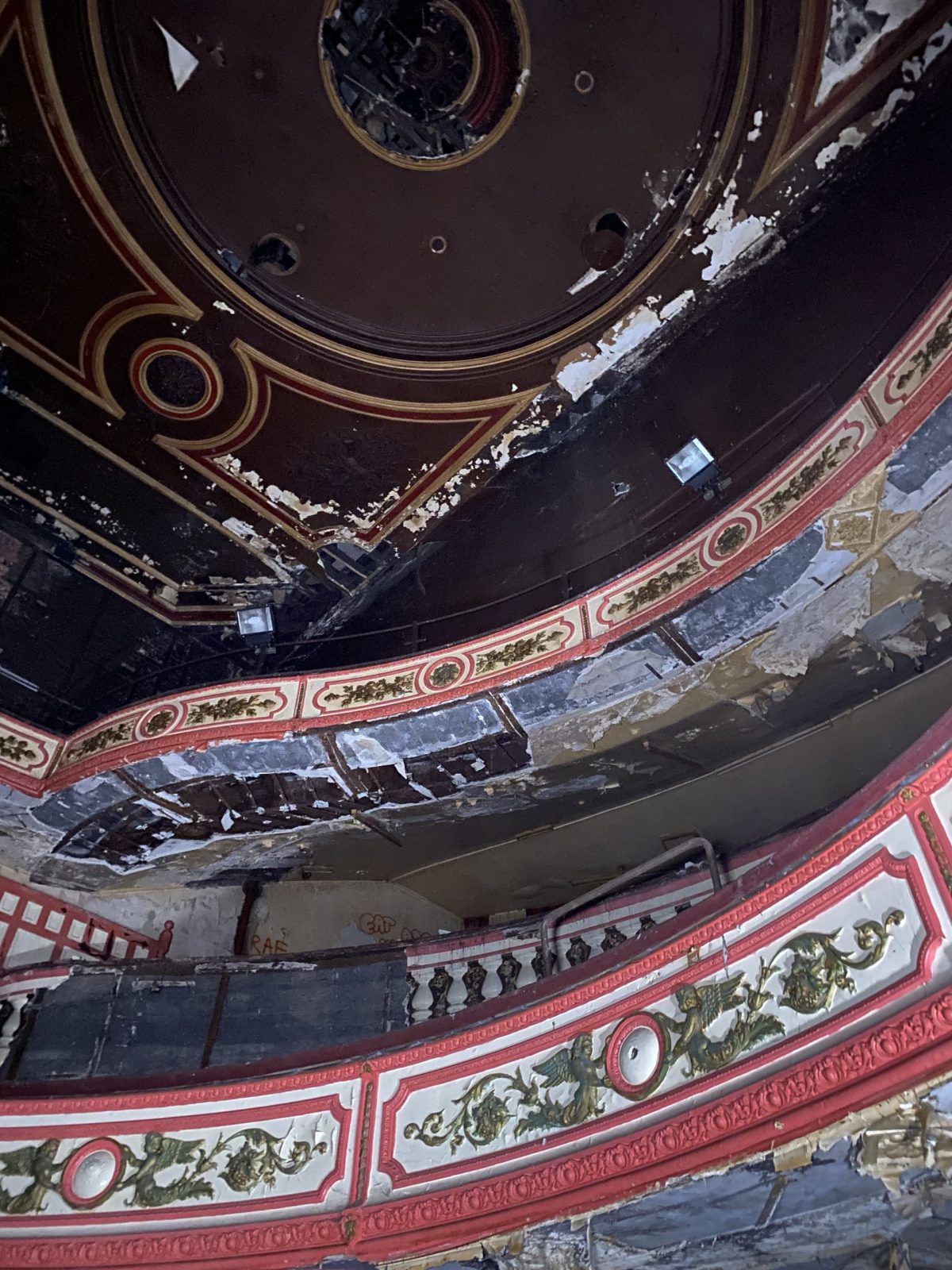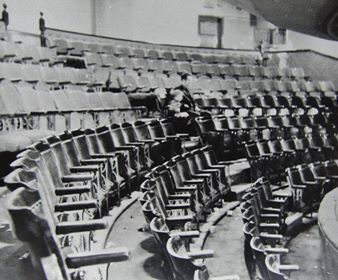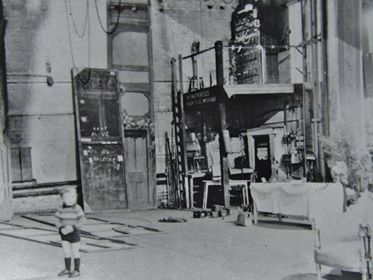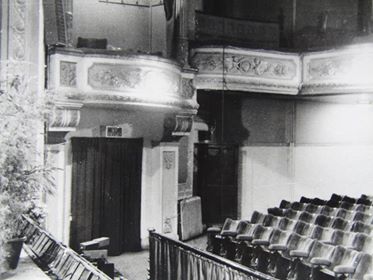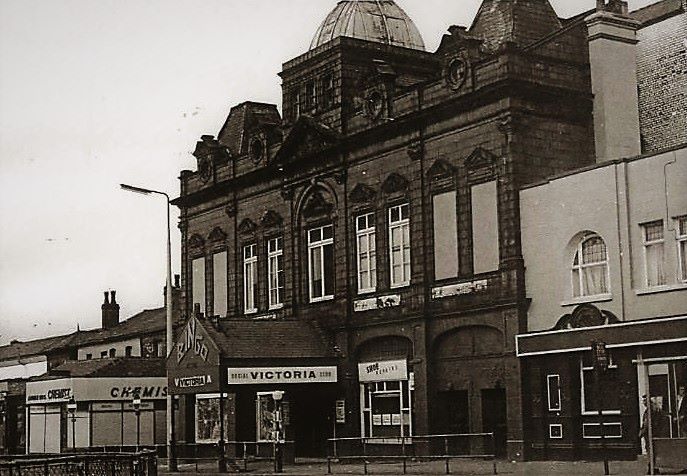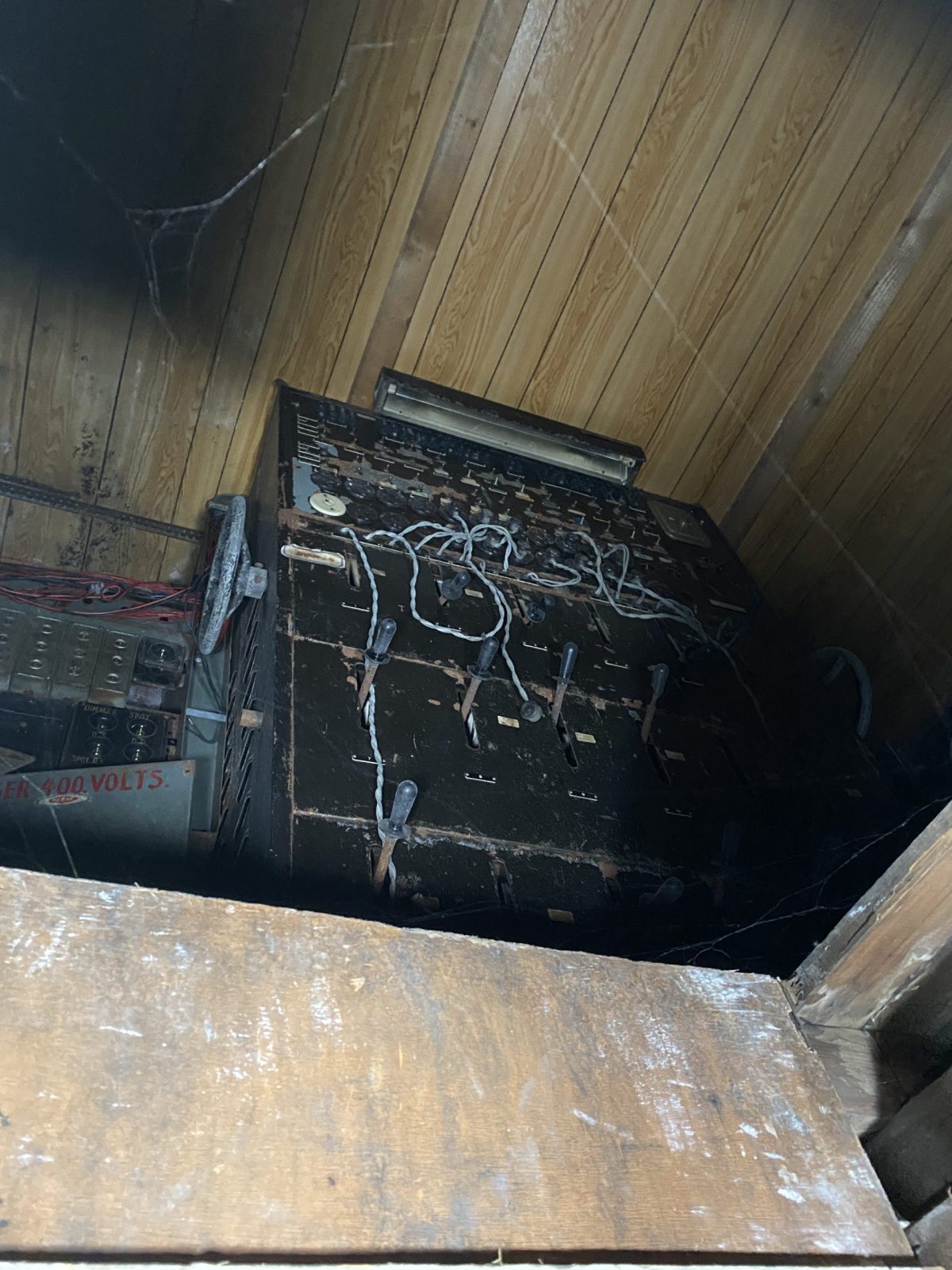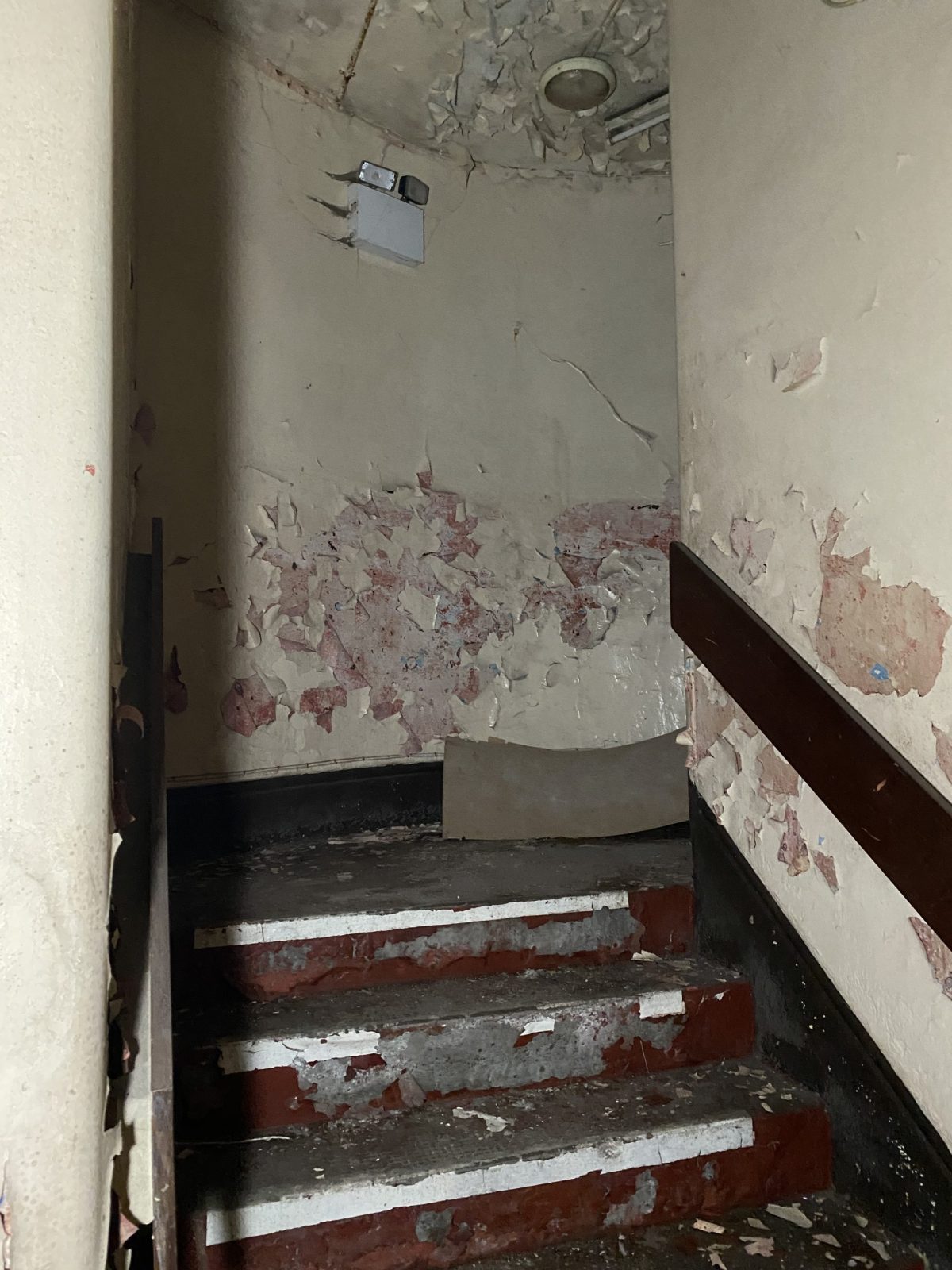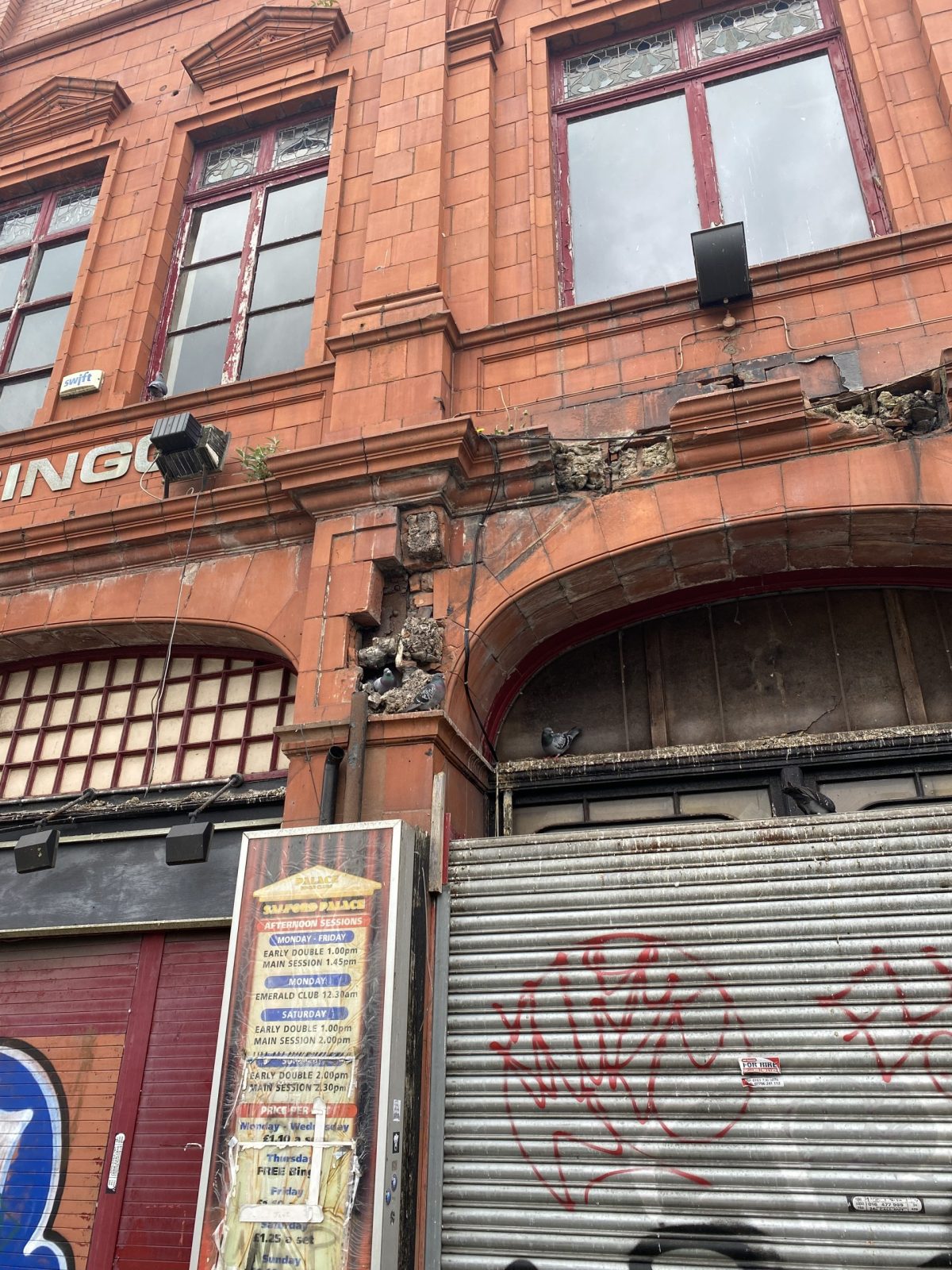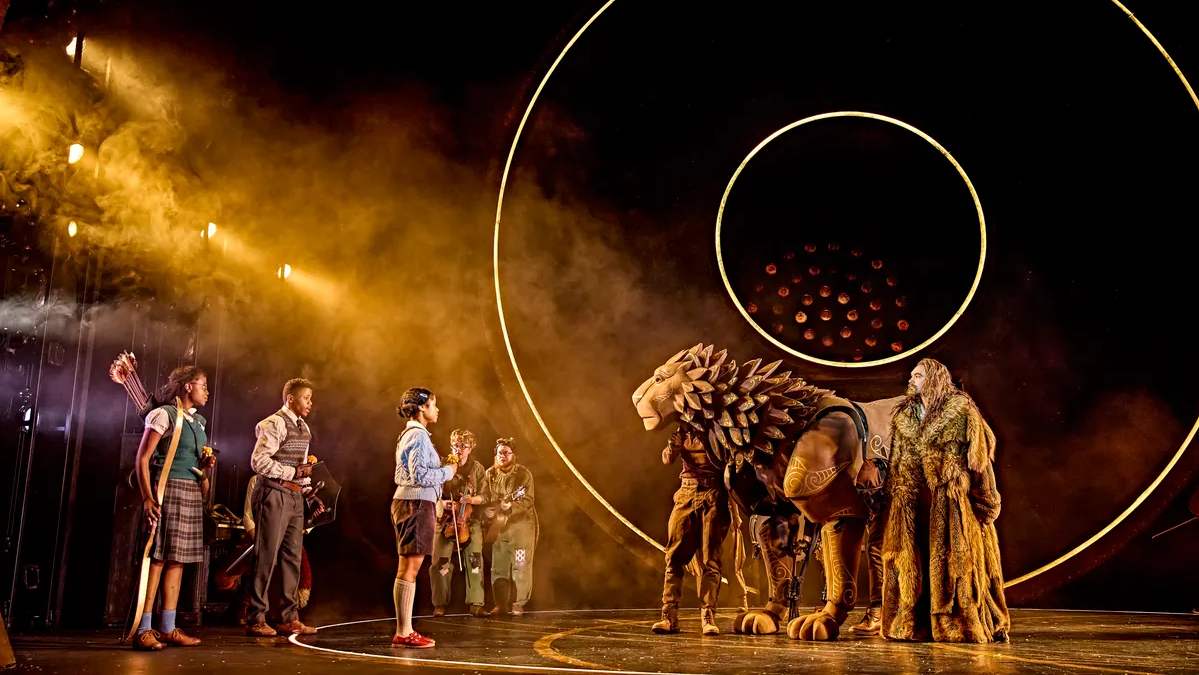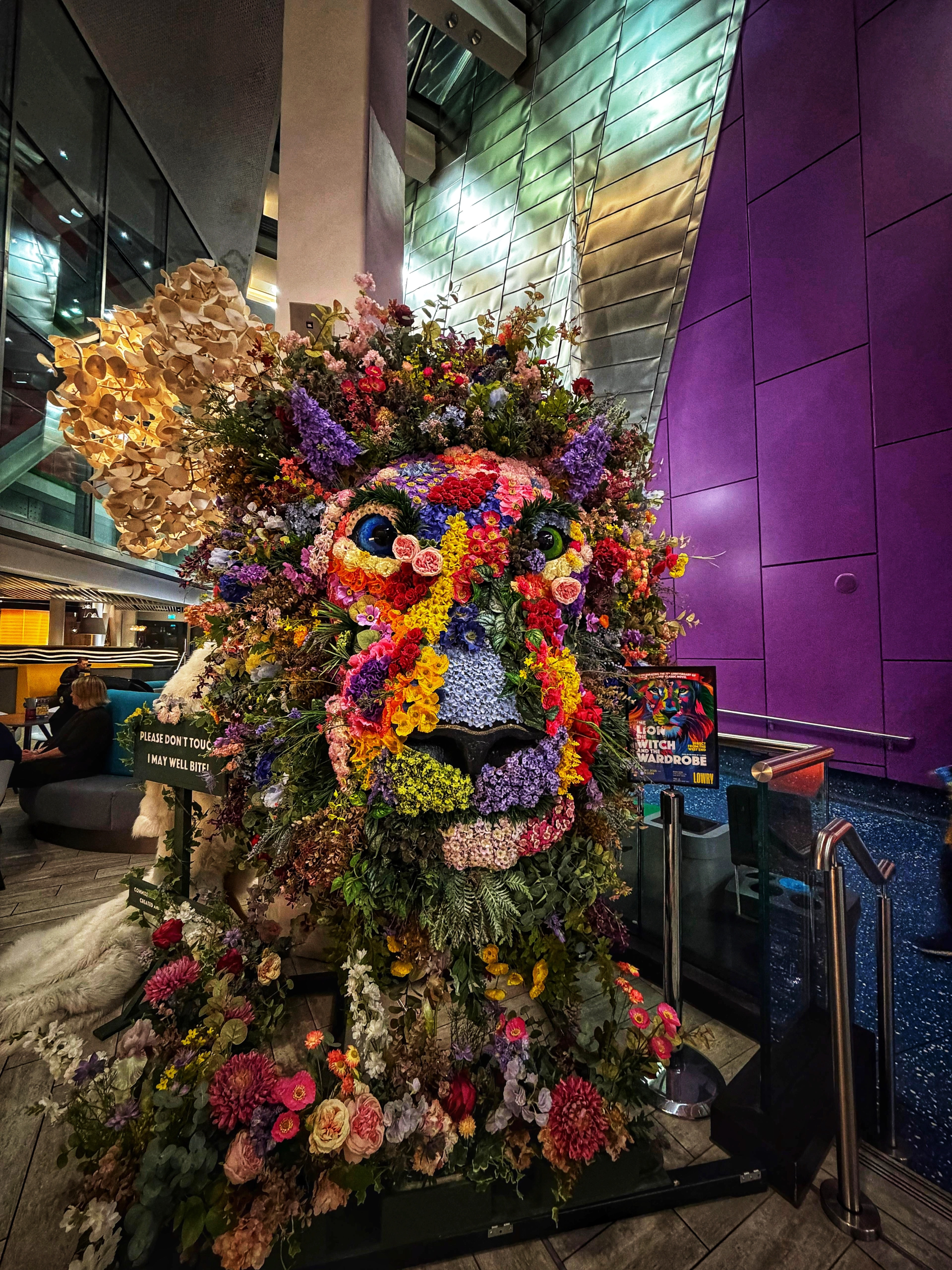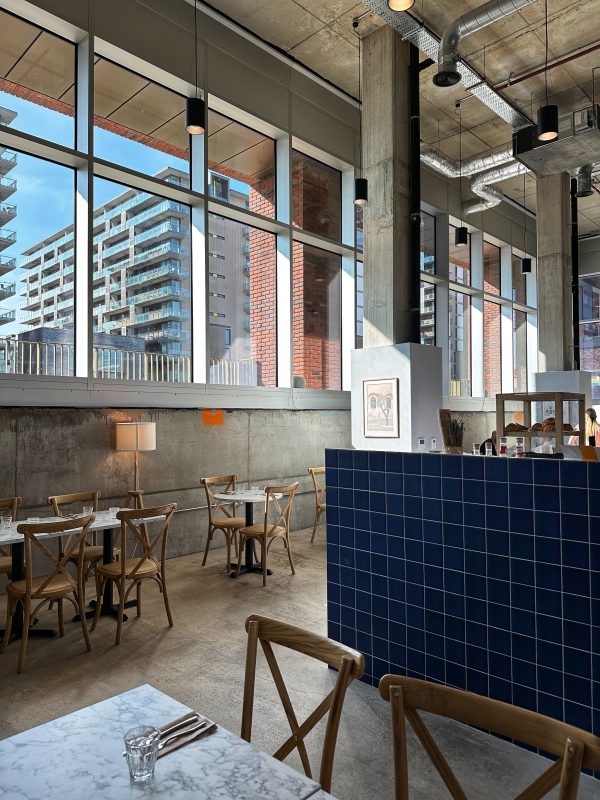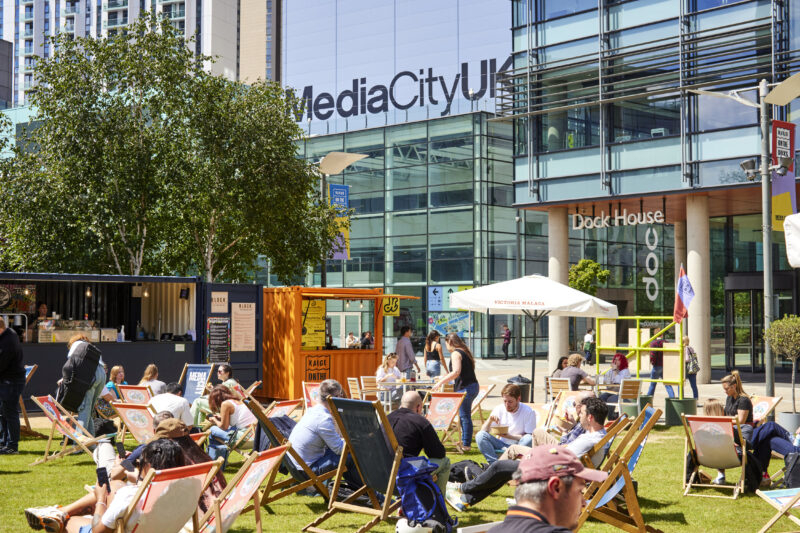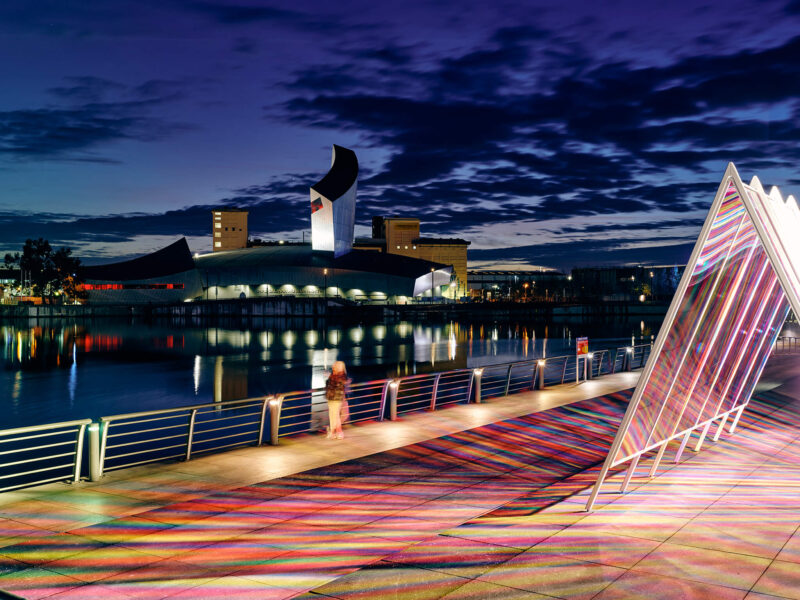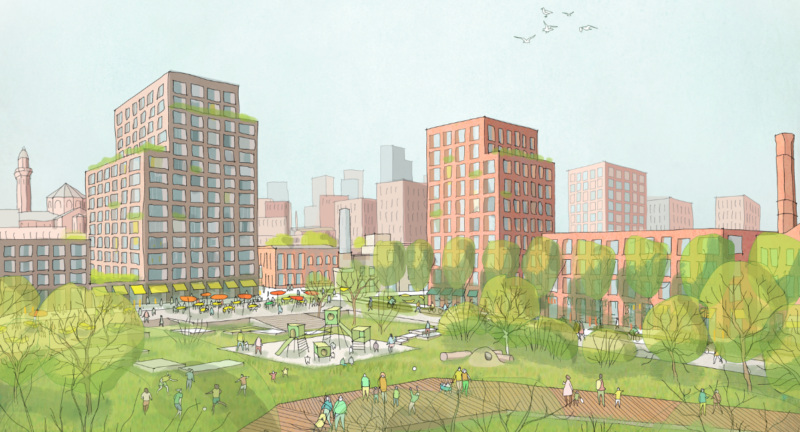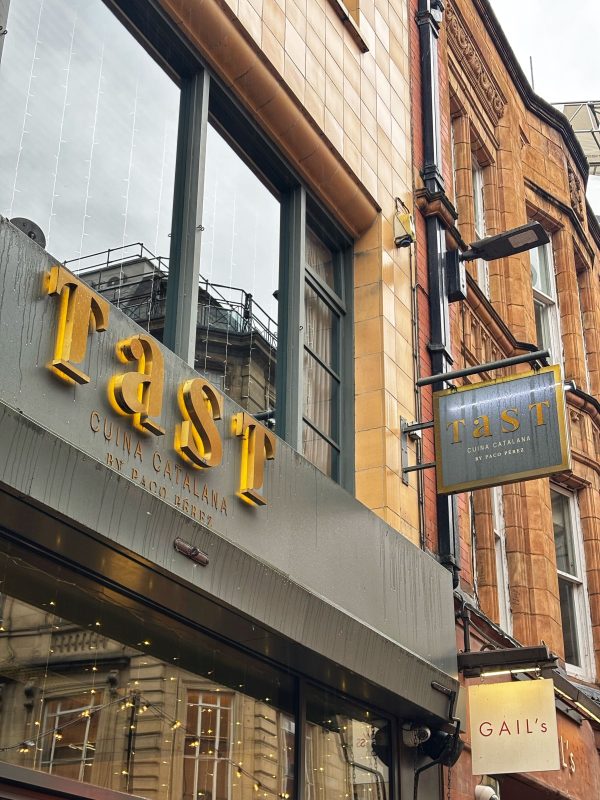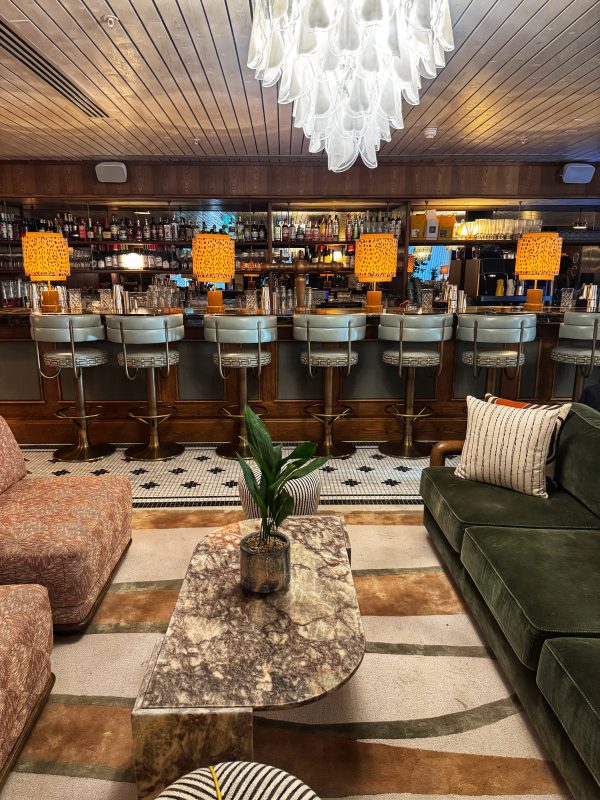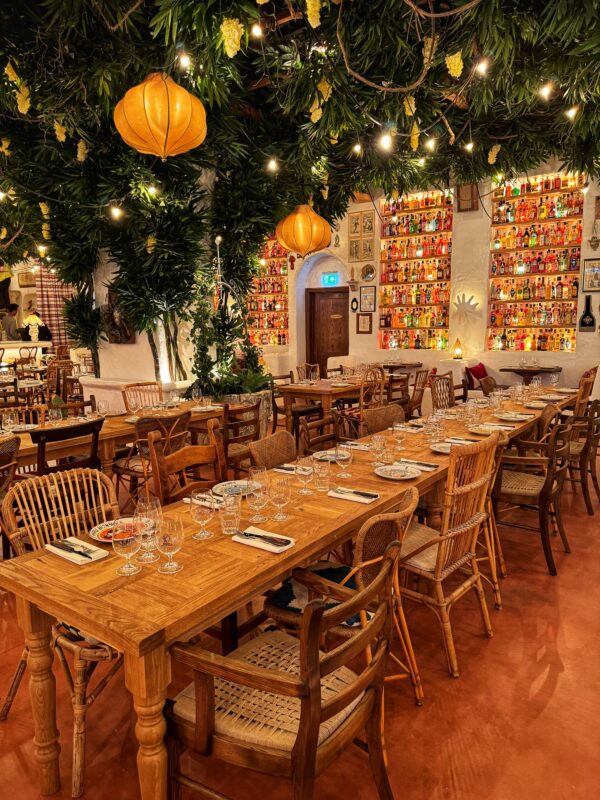Salford
Inside Salford’s incredible abandoned theatre – and the ambitious vision to save it from being lost forever
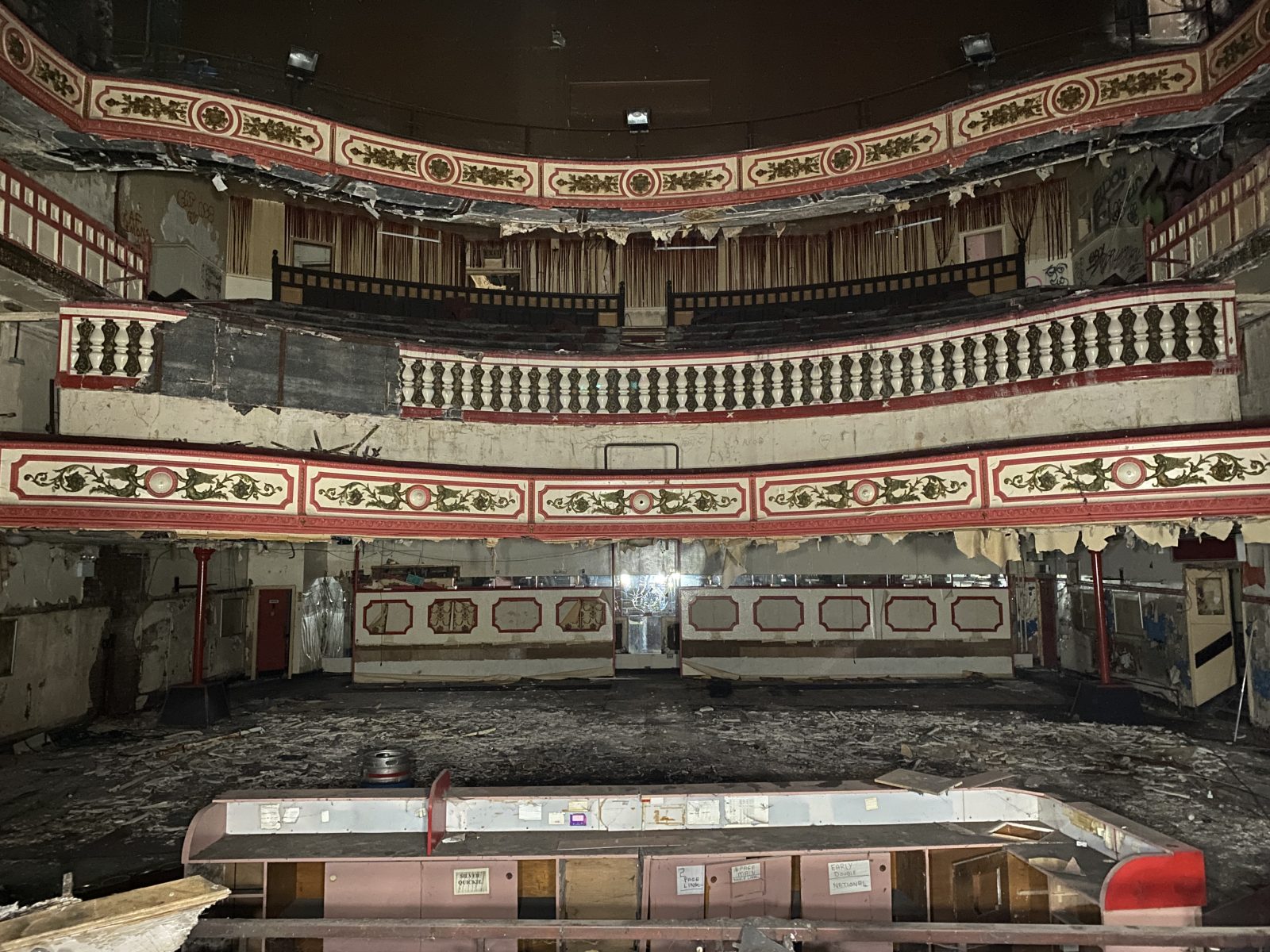
Many years ago, when entire neighbourhoods in Salford were flattened during the slum clearances, one relic from its Victorian days stood proud – the Victoria Theatre.
Once an important theatre space, then an early example of a cinema, then more recently a bingo hall, the present-day Victoria Theatre is in an empty masterpiece in a sorry state.
For years, the building was neglected. At various stages in the last decade it has been overrun by pigeons, used as a squat, had water pouring in through the roof and even been used as a marijuana farm.
In January 2021, new owners stepped in, and immediately tried to hit pause on the building’s rapid decline. The roof was patched up and the building made more secure, to try and preserve it until a proper restoration can begin.
And that is the vision – to bring this incredible Victorian theatre back into use for the Salford community.
Inside, you can still see the grandeur that was once more prominent than the decay, from the ornate balconies to the huge stage, sloped towards the audience for optimum acoustics.
Bringing it back to life is massive – and costly – undertaking and the Salford Victoria Theatre Trust expect it could be 20 years before it could operate as a theatre again.
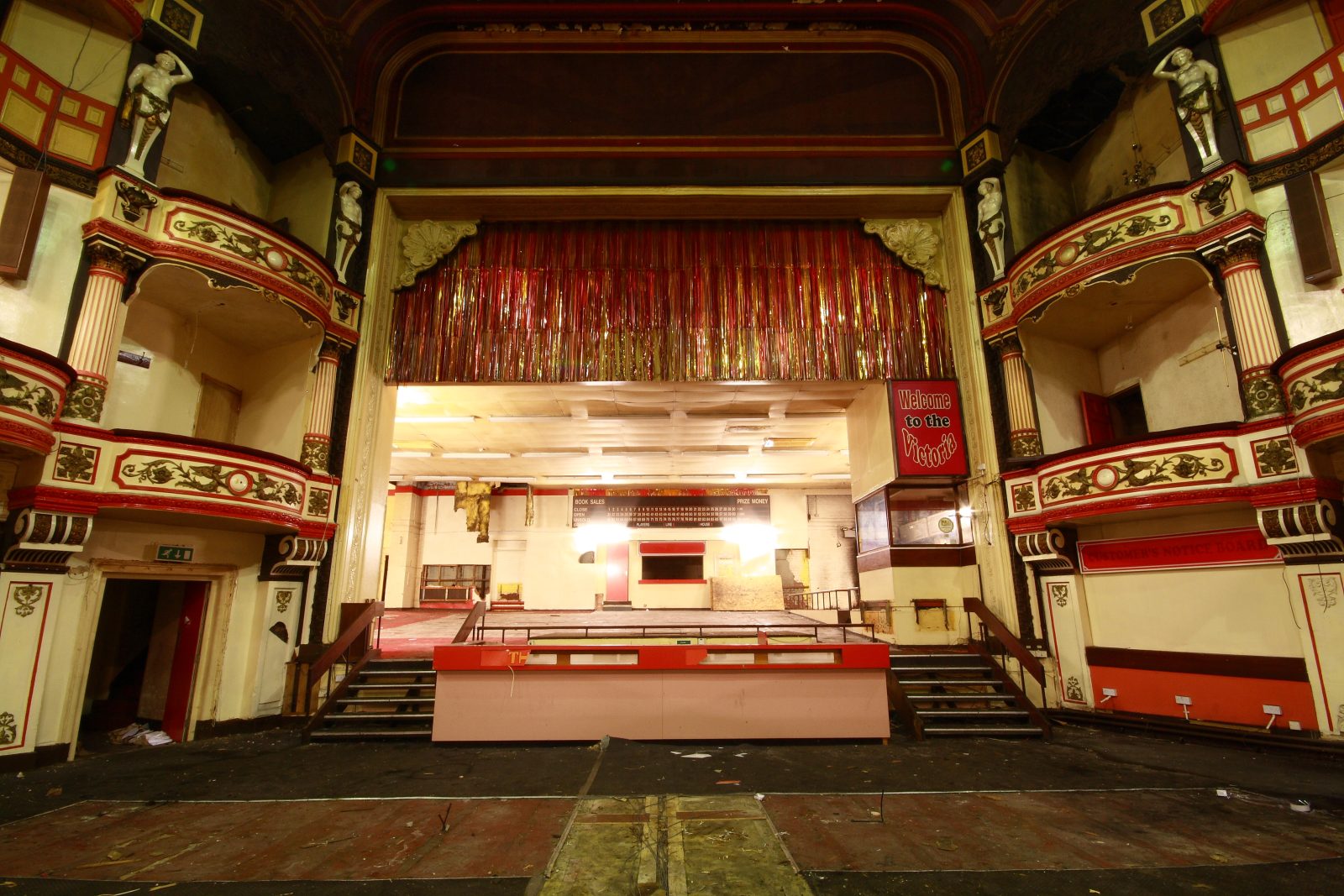
But it could be back in community use much sooner, if dreams come true, with plans for a phased reopening that would see meeting places, small business units, shops and a cafe back open and bustling in as few as five years.
The Trust’s current goal is to have the building listed as Grade II*, which would bump it up from being classed as a building of special interest to a ‘particularly important’ building.
If successful, the Grade II* listing could open up new pots of funding to help bring this beautiful space back into community use.
The heyday
The Salford Victoria Theatre is a rarity in many ways.
It’s one of the few remaining examples of an interior designed by architect Bertie Crewe (the Alhambra in Paris is another), an early relic of motion pictures (dating all the way back to 1901), and contains a type of revolutionary-for-its-time engineering where the retracted stage curves downwards, like a roll-top desk.
Samanta Kelly from the Salford Victoria Theatre Trust said: “The craftsmanship that they pulled together is astounding. It was a very over-specced building for its time. They really future-proofed it.
Read more: Tributes, silences and applause planned for fifth anniversary of Manchester Arena attack
“It was built as part our boomtown area where there was so much innovation going on – we had the first trams, the first electric lights, the first railway, all those sorts of things were going on at that time. The fact that they could get the money together to build something like this is quite amazing and it just goes to show what a thriving area this was. This wouldn’t get built today, not in Salford.”
Sir Henry Irving travelled to Manchester to lay the foundation stone in 1899, along with Bram Stoker, as part of the movement to bring Shakespeare and opera out of London and to the regions.
It was an opera house to begin with but quickly pivoted to a variety theatre, and then a high-class cinema in 1918 as part of a refurbishment.
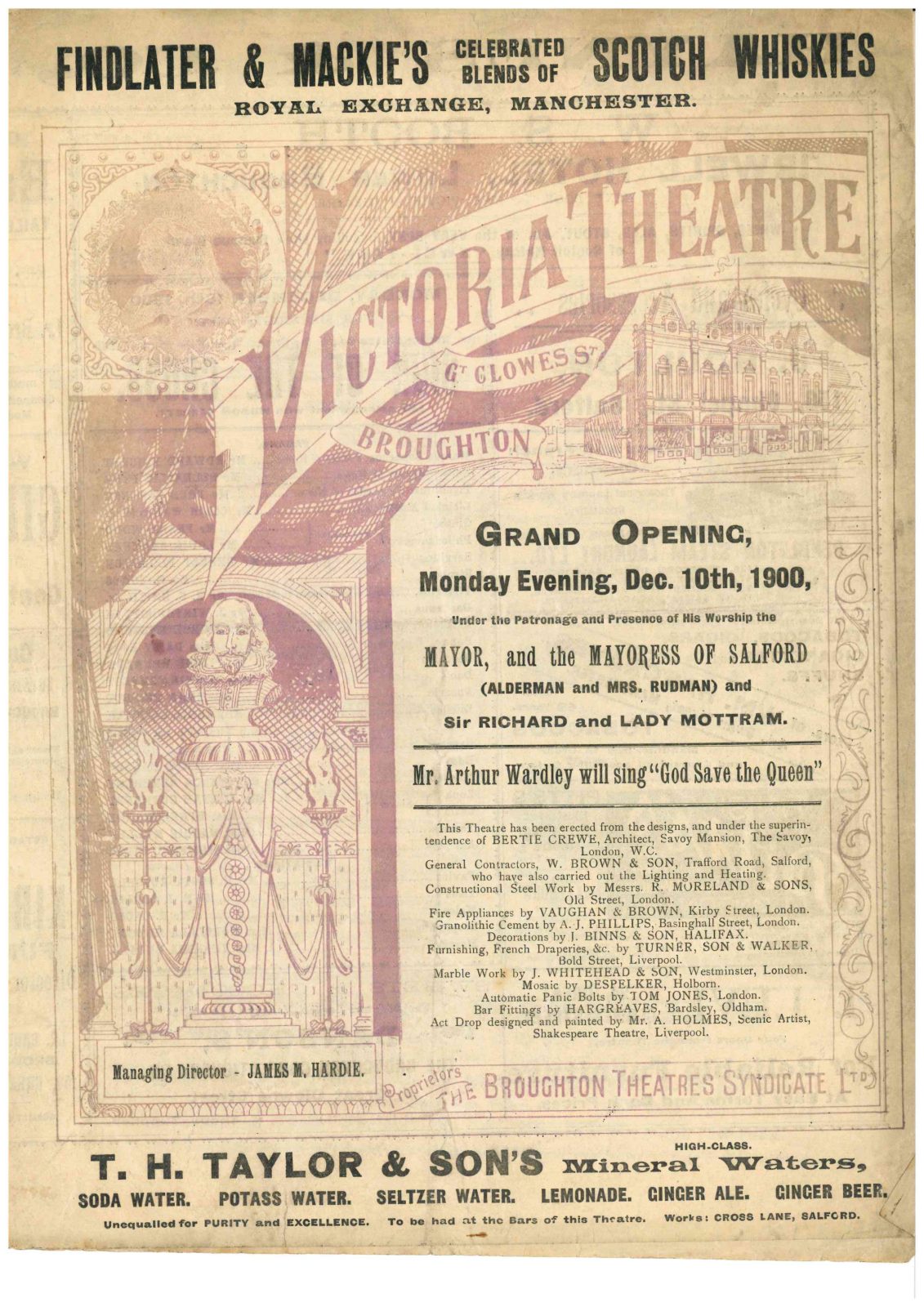
A flyer for opening night 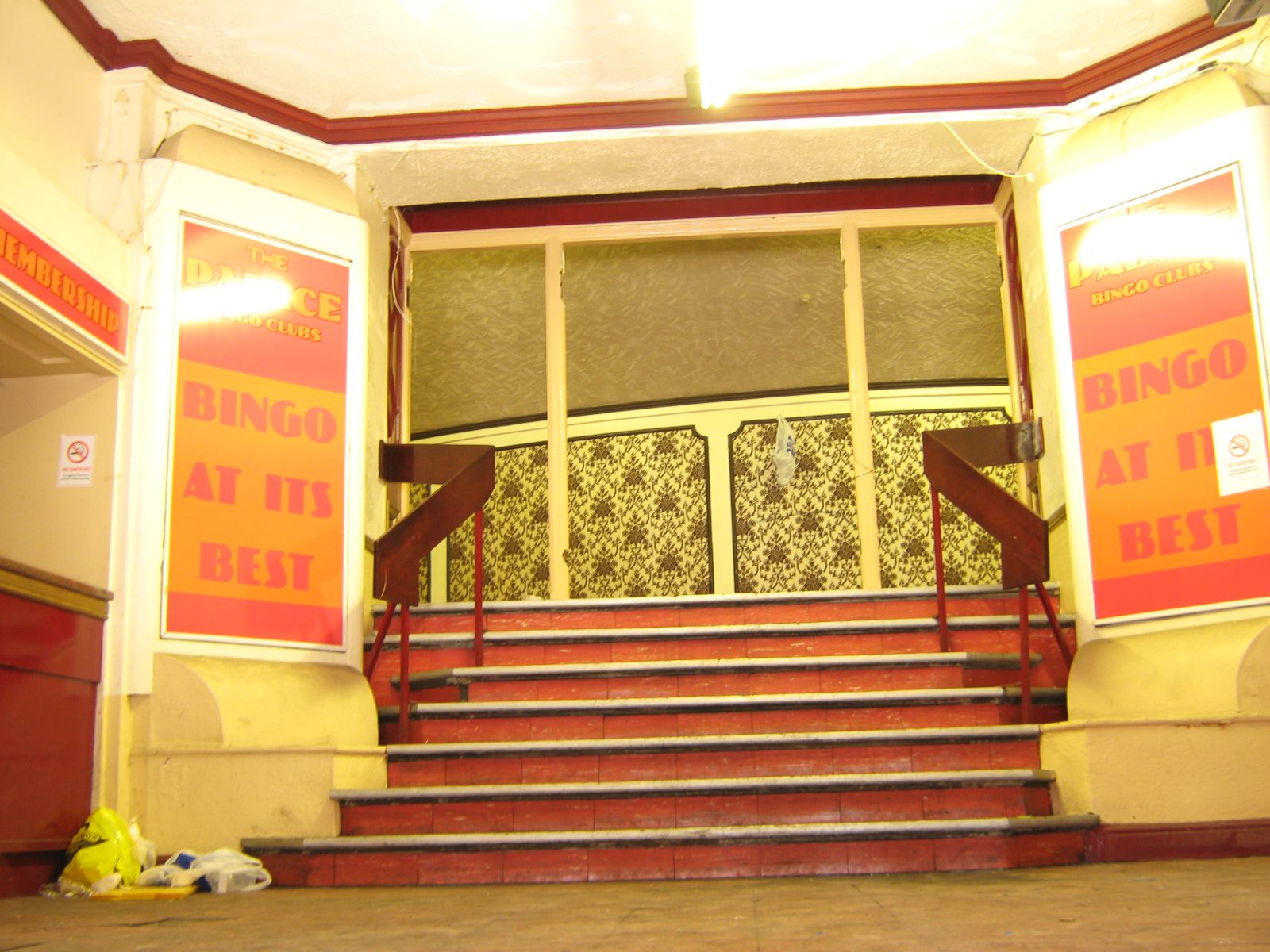
The theatre foyer. Credit: Dave Dewsnip
Sam recalls how the space operated as a cinema in its early days, saying: “We know they had back projection, that the cinema screen was at the front of the stage.
“They used to sell cheap seats on stage, behind the screen, so you could watch the films in reverse. So I guess you’d just have to learn to read subtitles back-to-front! They didn’t miss a trick in those days when there was money to be made.”
The retracting stage in the early 20th century was particularly impressive, and allowed directors to create shows with water features – like actual fountains with water tanks – as their centrepiece.
The decline
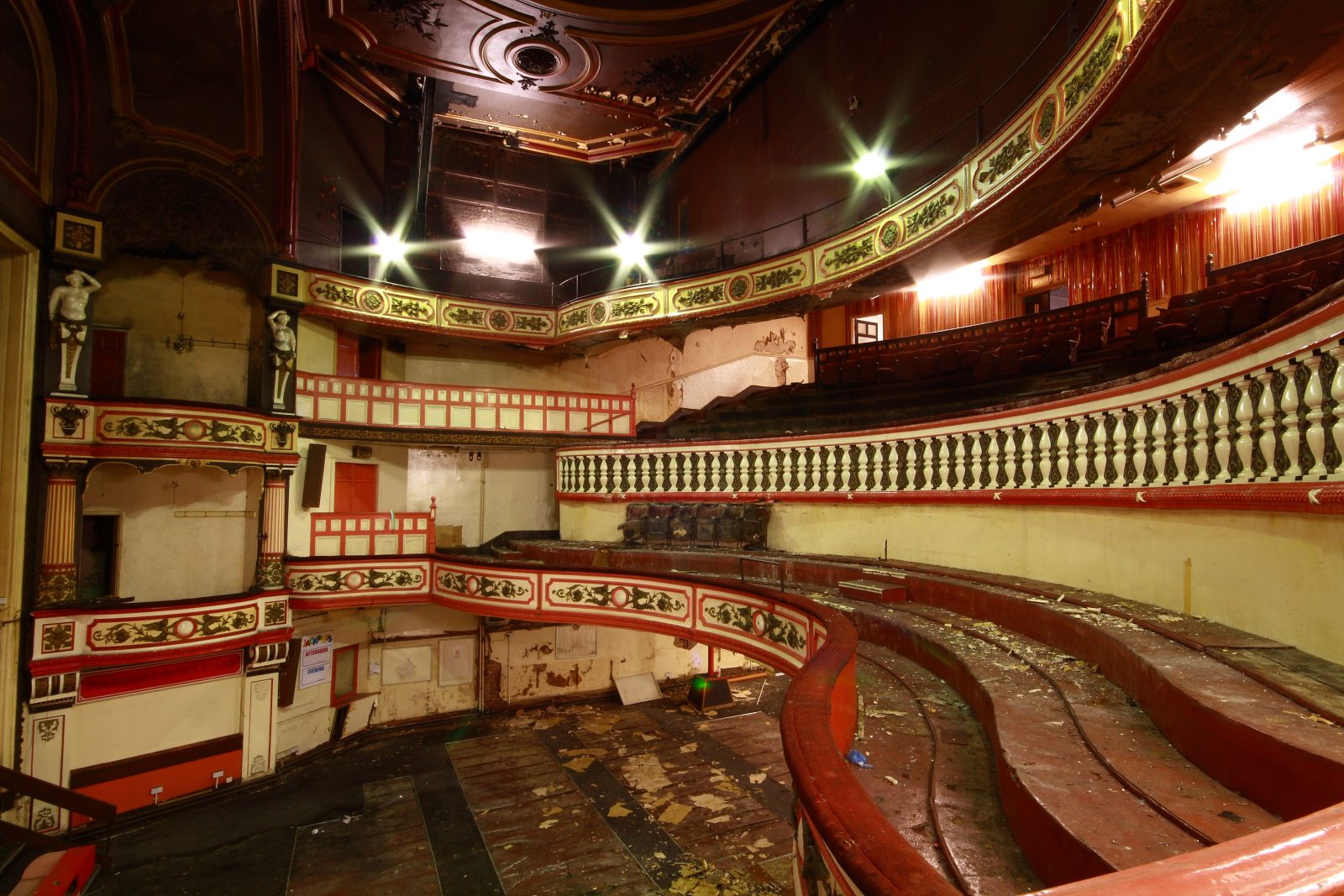
Despite its importance both locally and nationally, the Victoria Theatre’s days were numbered.
Sam says: “The reason the theatre suffered and ended up closing was for the same reason the whole area has – the demolition of the local housing, which made the high street suffer. Obviously people weren’t coming to the high street, they weren’t coming to the theatre.”
The clearance of back-to-back slum housing also expanded to include this corner of Lower Broughton, though Sam believes the homes here could’ve been saved with a bit of refurbishment.
“When they pulled the houses down they didn’t replace it with anything,” Sam says. “They had no plan. They were just pulling things down. And they didn’t just pull the houses down.
“They pulled down Edwardian libraries, they pulled down Edwardian baths on Regent Road. The houses weren’t slums, but they scattered the communities and it had a really detrimental affect on people’s psyche.
“It was a very close-knit community where everyone relied on each other, as people in poorer communities tend to. There was a sense of aspiration and hope back then. By the 1980s it was very depressing.
“Mocha Parade [a now-demolished shopping arcade] was built, which was just a depressing place, people used to call it Mugger’s Paradise.
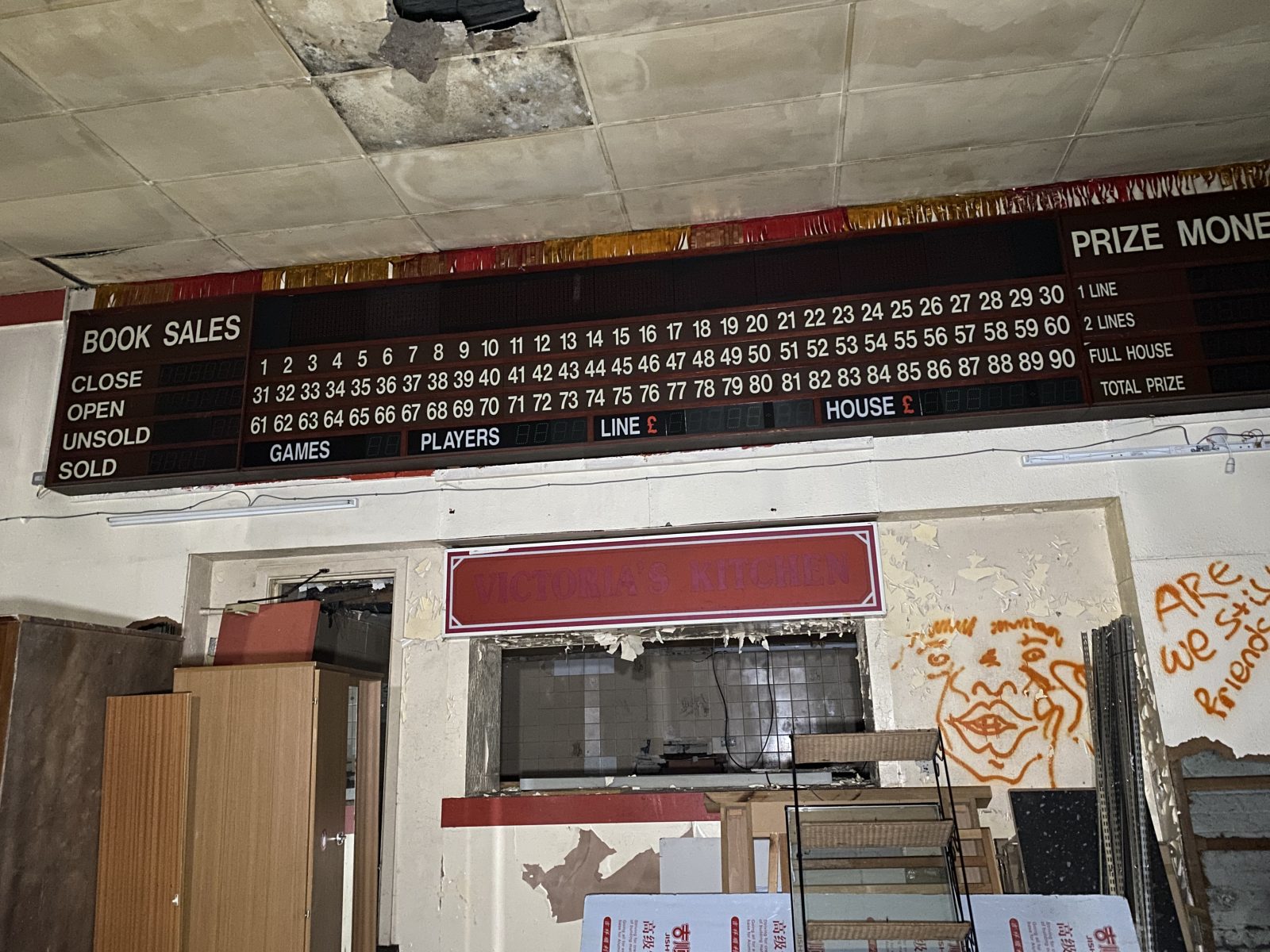
“Some of the well-established businesses on that high street were there for 100 years – butchers, bakers, candlestick makers. There was one veg shop called McEvilly & Sons, and Billy’s kids were still running it on Mocha Parade and they were the last ones standing. They stayed until they pulled Mocha Parade down.
“Sometimes you feel like you’re fighting a losing battle but it’s the last bit of old Salford left. I know the older community will be gone and not bothered too much about it but I think it would be a great boost to the community to see this building alive again.
“And that’s what we’re hoping to promote by saving building like the Victoria, to have that sense of pride in the community and a strong base where people can work out of.”
The future
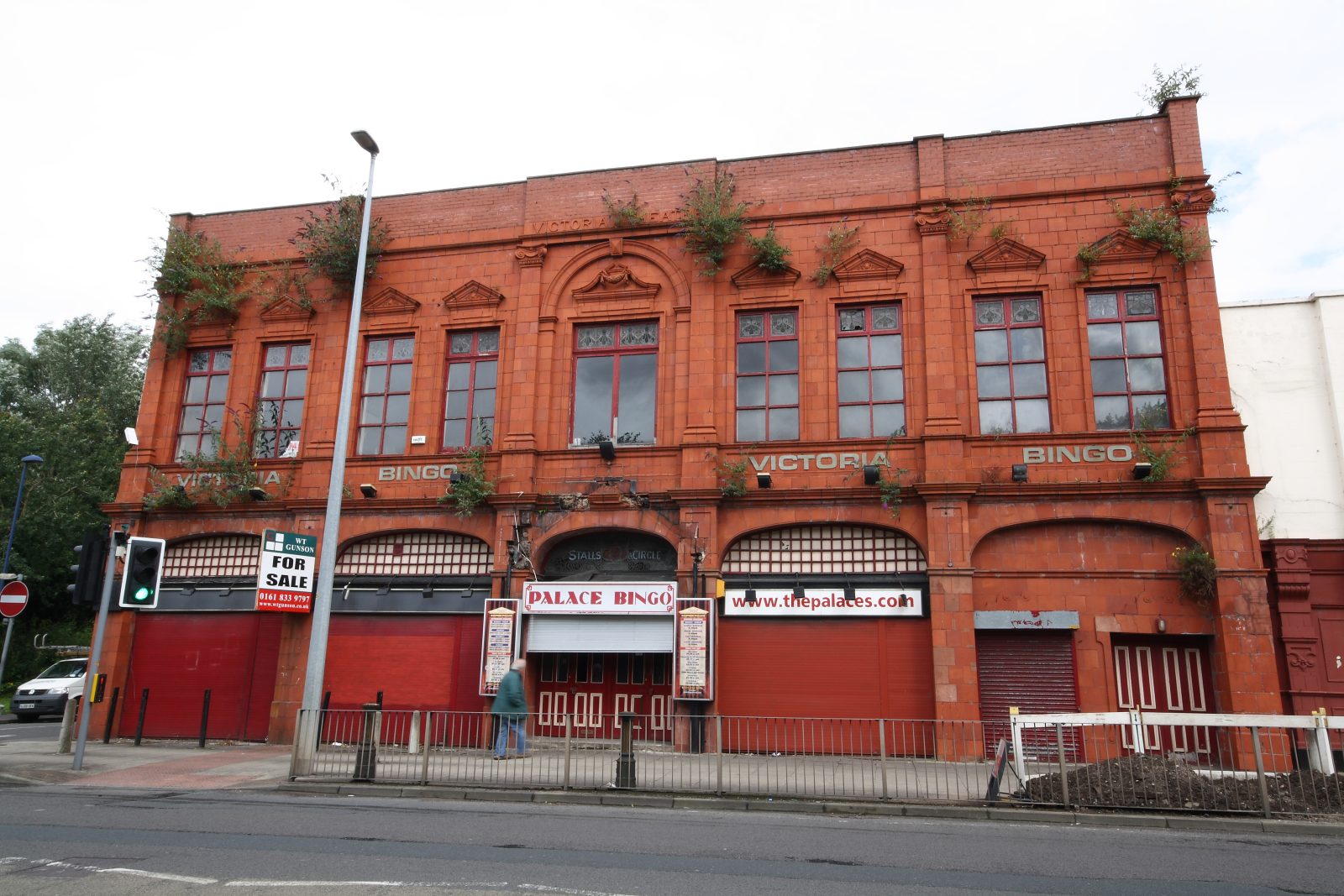
So the vision and the passion to save the building is there, but with years of neglect to undo, how exactly can the Victoria Theatre be saved?
“The plan would be to have a phased reopening,” Sam says. “The viability study basically says that it would be good to open, that there’s great potential for it in the area.
“They looked at all the surrounding theatres and things to see what sort of demographic we’d be looking at coming to the theatre. So they’ve looked at a phased reopening so restoring different bits of the building.
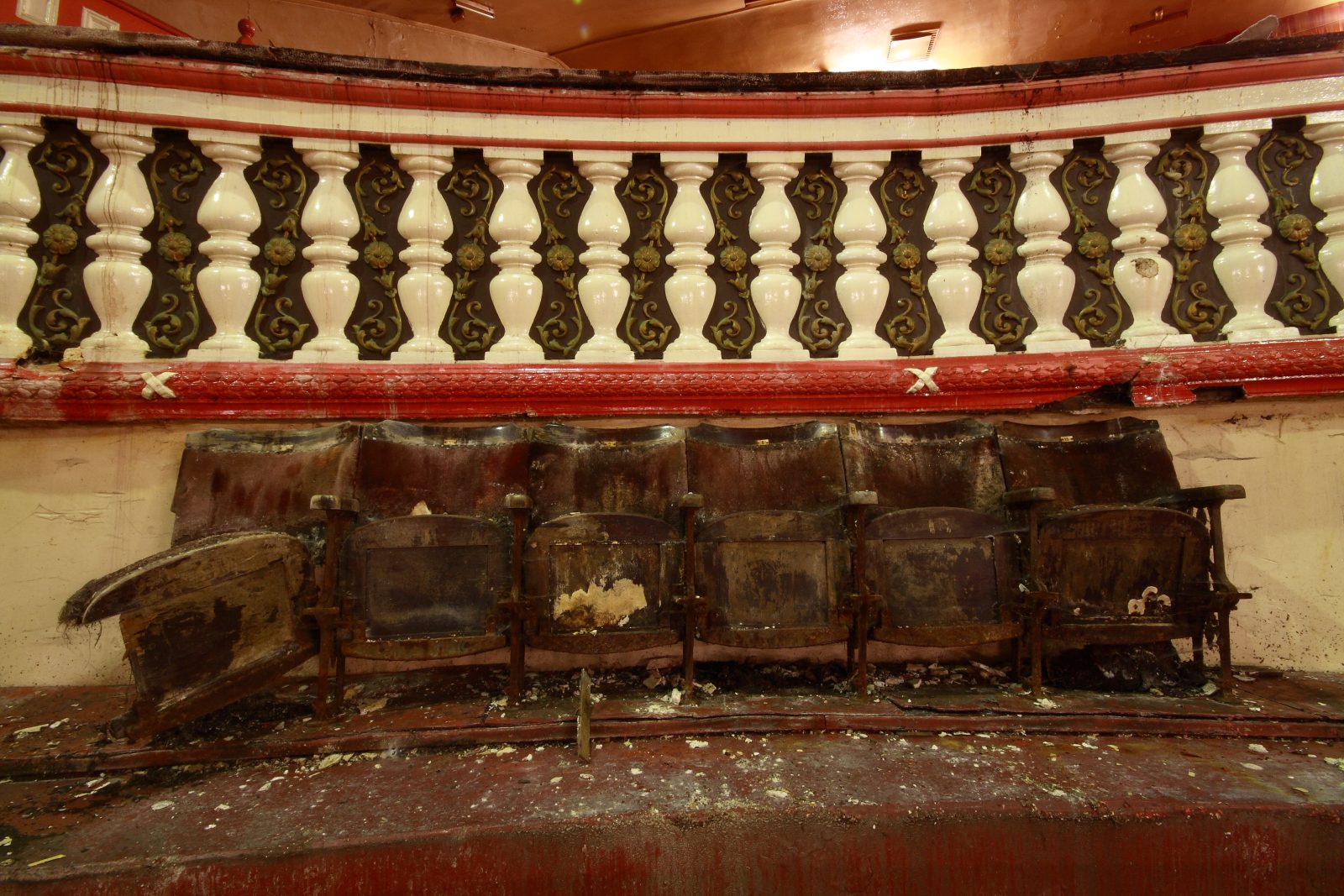
“They’ve started with the dressing room block which could be a little community meeting places or a space for small business, until it can be used as a dressing room block.
“Mocha Parade [a now-demolished shopping arcade] was built, which was just a depressing place, people used to call it Mugger’s Paradise.
“Some of the well-established businesses on that high street were there for 100 years – butchers, bakers, candlestick makers. There was one veg shop called McEvilly & Sons, and Billy’s kids were still running it on Mocha Parade and they were the last ones standing. They stayed until they pulled Mocha Parade down.
“Sometimes you feel like you’re fighting a losing battle but it’s the last bit of old Salford left. I know the older community will be gone and not bothered too much about it but I think it would be a great boost to the community to see this building alive again.
Read more: People’s History Museum in Manchester in the running to be named Museum of the Year
“The front has a couple of shops and what used to be the Jacobean cafe on the first floor, which was the theatre cafe, so the idea would be to open the front of the building first to get the shops and the cafe open, and then there was an idea for a sort of ‘shabby chic’ opening of the auditorium if we get the stalls and stage secure.
“We’d obviously have to net off the balconies until we could get the money for restoration for them, so the idea would be to get the building working gradually and then bring the auditorium back fully and restore it – but that is a long-term vision.
“We’ve had lots of interest in using the building, even from a group wanting to play table tennis inside – I didn’t want to tell them about the rake [slope] on the floor!
“It’s a difficult road. You’ve got to justify why this building should be saved and I think there’s a huge number of reasons it should be saved for the community. It’s of great importance to our national theatre history but also our local history.”
Featured image: The Manc Group

